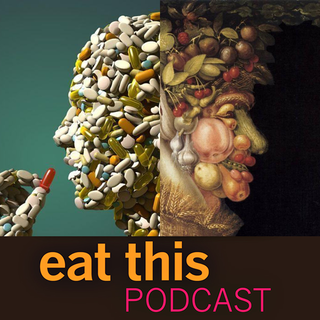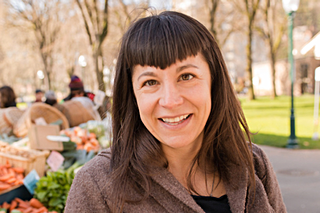
Podcast: Play in new window | Download (Duration: 18:19 — 15.1MB)
Subscribe: Google Podcasts | Spotify | Android | RSS | More
 Truth be told, I’m not really big on huge international conferences. I’ve been to enough of them to know the score; lots of talk, lots of platitudes, lots of good intentions, lots of inertia. Despite all my prejudices, however, I dragged myself down to the Food and Agriculture Organization of the United Nations recently to witness for myself the International Symposium on Sustainable Food Systems for Healthy Diets and Improved Nutrition.
Truth be told, I’m not really big on huge international conferences. I’ve been to enough of them to know the score; lots of talk, lots of platitudes, lots of good intentions, lots of inertia. Despite all my prejudices, however, I dragged myself down to the Food and Agriculture Organization of the United Nations recently to witness for myself the International Symposium on Sustainable Food Systems for Healthy Diets and Improved Nutrition.
I did so because the week before, the journal Nature had published two Comments that made a very good case for the need for a drastic change in the discourse about global food supplies and food security. Some of the authors, and many other luminaries, were due to be at FAO, and I wanted to see for myself how the discussions would unfold.
Of the need for change, I am more convinced than ever. As to whether it will happen, that’s another story.
Notes
- If you want to investigate the symposium yourself, you can.
- The Nature paper with Corinna Hawkes and Patrick Webb among the co-authors is online. It is a very good read.

 Many vegetables don’t taste of anything much these days, but whose fault is that, really? Plant breeders produce what growers want, and growers want what people will buy. So why aren’t people buying flavour? Mostly because they aren’t being offered a real choice. Lane Selman, who works on organic projects at Oregon State University, discovered that although organic growers say they want disease resistance, for example, they don’t actually grow existing disease-resistant varieties “because they taste terrible”. Lane enlisted a handful of chefs to taste some peppers that a local breeder was working with. From that quiet beginning has blossomed the Culinary Breeding Network, which aims to “bridge the gap between breeders and eaters to improve agricultural and culinary quality”.
Many vegetables don’t taste of anything much these days, but whose fault is that, really? Plant breeders produce what growers want, and growers want what people will buy. So why aren’t people buying flavour? Mostly because they aren’t being offered a real choice. Lane Selman, who works on organic projects at Oregon State University, discovered that although organic growers say they want disease resistance, for example, they don’t actually grow existing disease-resistant varieties “because they taste terrible”. Lane enlisted a handful of chefs to taste some peppers that a local breeder was working with. From that quiet beginning has blossomed the Culinary Breeding Network, which aims to “bridge the gap between breeders and eaters to improve agricultural and culinary quality”.